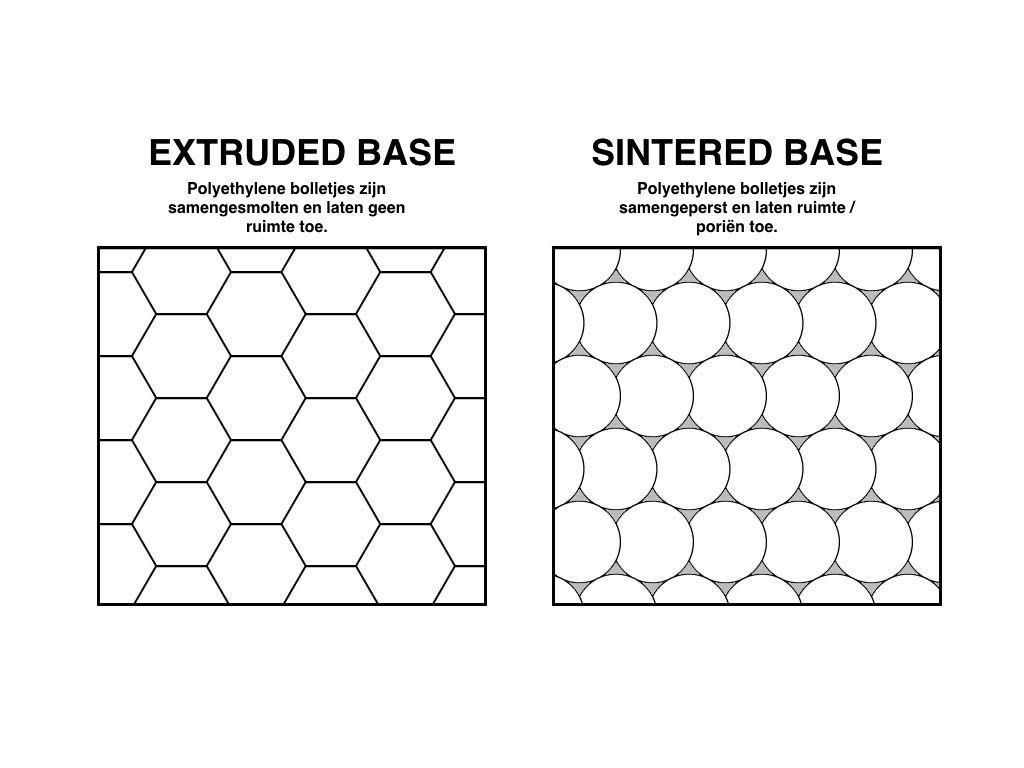Ski’s – GearGuide
The ski industry is huge and booming, meaning there is a huge variety of skis on offer; there are specialized skis for just about every kind of skiing you can think of, or all-mountain ski’s that will make you feel comfortable in a variety of conditions. And then there are ski’s that are perfect for novices up to ski’ that will meet the challenge of the ambition of advanced riders.
So how do you go by choosing the right ski for you? Our GearGuide covers a number of important points you should know about skis.
Image: Salomon Equipe 8 Skate
There are quite a few different disciplines (riding styles). There are many types of skis. The choice for a ski is very personal and depends on your weight, length, experience and what you want to do. That’s why we really need to pay attention to buying (or renting) skis.
Subjects:
- Disciplines & ski types
- Length (Size)
- Stiffness (Flex)
- Camber/Rocker
Disciplines & ski types
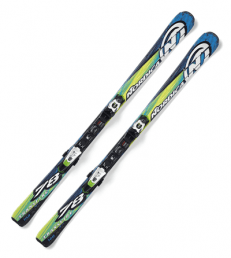 Do you prefer to rattle down Buckel pistes, do you especially like off-piste or would you rather cruise down the red or blues? It is wise to check with for yourself where you will use the skis most.
Do you prefer to rattle down Buckel pistes, do you especially like off-piste or would you rather cruise down the red or blues? It is wise to check with for yourself where you will use the skis most.
Image: Nordica Transfire 78 TI – Comfort/Piste
The difference between your level and the level for which your skis are meant should be too big. Is this the case? Then you have to get used to your new skis, and that takes time. You will spend less time skiing and improving your technique.
- Comfort/Piste/Allround
- All-mountain
- Off-piste/Freeride
- Slalom
- Freestyle
Comfort/Piste/Allround ski’s
These are generally the more flexible skis that ride and run easily. These skis are quite forgiving. Of course, you can also ride and carve at speed. These are perfect skis for the average skier. The skis are both great for the beginner and for the advanced skier.
All-mountain ski’s
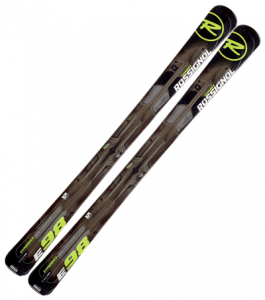 De name says it: whatever you want to do, you will manage on all-mountain skis. Ski, park, and powder are all in play with these skis and therefore it’s no wonder it’s the biggest and most popular category of skiing. Of course, here again, there is a lot of difference in construction and rigidity between the many models but all-mountain skis that fit your own level are a very safe bet.
De name says it: whatever you want to do, you will manage on all-mountain skis. Ski, park, and powder are all in play with these skis and therefore it’s no wonder it’s the biggest and most popular category of skiing. Of course, here again, there is a lot of difference in construction and rigidity between the many models but all-mountain skis that fit your own level are a very safe bet.
Image: Rossignol Experience 98 – Allmountain
Off-piste/freeride ski’s
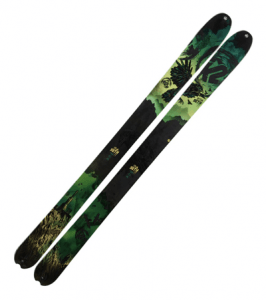 Backcountry riding, squeezing down couloirs, making your way through narrow trails, or painting the blue skies with huge powder sprays. Its where skiing becomes poetry in motion. Freeride skis are generally meant for off-piste work and for skiers who love speed and drawing their own line. Because they are often made to be quite stiff or very specific to off-piste riding, this category is not really suitable for a novice skier.
Backcountry riding, squeezing down couloirs, making your way through narrow trails, or painting the blue skies with huge powder sprays. Its where skiing becomes poetry in motion. Freeride skis are generally meant for off-piste work and for skiers who love speed and drawing their own line. Because they are often made to be quite stiff or very specific to off-piste riding, this category is not really suitable for a novice skier.
Image: K2 Sideseth – Freeride
Slalom ski’s
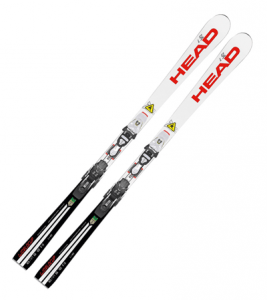 Riding a slalom is really for skiers with proper skiing technique and powerful legs. The slalom ski is specially made for specially, groomed, hard packed (icy slopes) and short cut corners. These skis are fitted with a camber profile (more about that later). This means the ski is constantly under great tension. The power you put into a slalom ski, will be driven back to you through this camber tension.
Riding a slalom is really for skiers with proper skiing technique and powerful legs. The slalom ski is specially made for specially, groomed, hard packed (icy slopes) and short cut corners. These skis are fitted with a camber profile (more about that later). This means the ski is constantly under great tension. The power you put into a slalom ski, will be driven back to you through this camber tension.
Image: Head Worldcup i.SL – Slalom
Freestyle ski’s
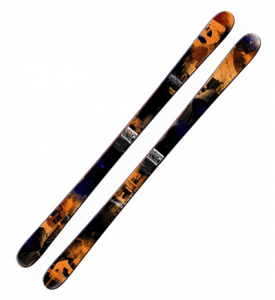 These skis are made for use in and fun parks. Ski’s to jump and jib with. Rails and boxes, flatland tricks. They are light and have two ‘tips’ which make jumping, skiing and landing backward easier. These skis often also perform well on piste and bring a lot of flexibility and fun to your riding. Freestyle skis are easier to ride at a shorter length, think about ten centimeters shorter than your body length.
These skis are made for use in and fun parks. Ski’s to jump and jib with. Rails and boxes, flatland tricks. They are light and have two ‘tips’ which make jumping, skiing and landing backward easier. These skis often also perform well on piste and bring a lot of flexibility and fun to your riding. Freestyle skis are easier to ride at a shorter length, think about ten centimeters shorter than your body length.
Image: Salomon Suspect – Freestyle

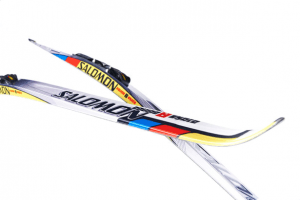
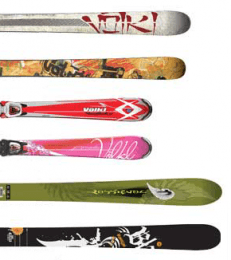
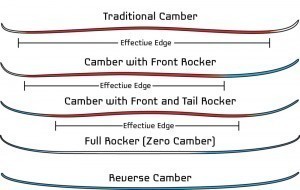 There have been many developments in the shapes of the skis in recent years. The terms Camber and Rocker are often mentioned and these are very important terms that can determine your choice for a certain ski.
There have been many developments in the shapes of the skis in recent years. The terms Camber and Rocker are often mentioned and these are very important terms that can determine your choice for a certain ski.